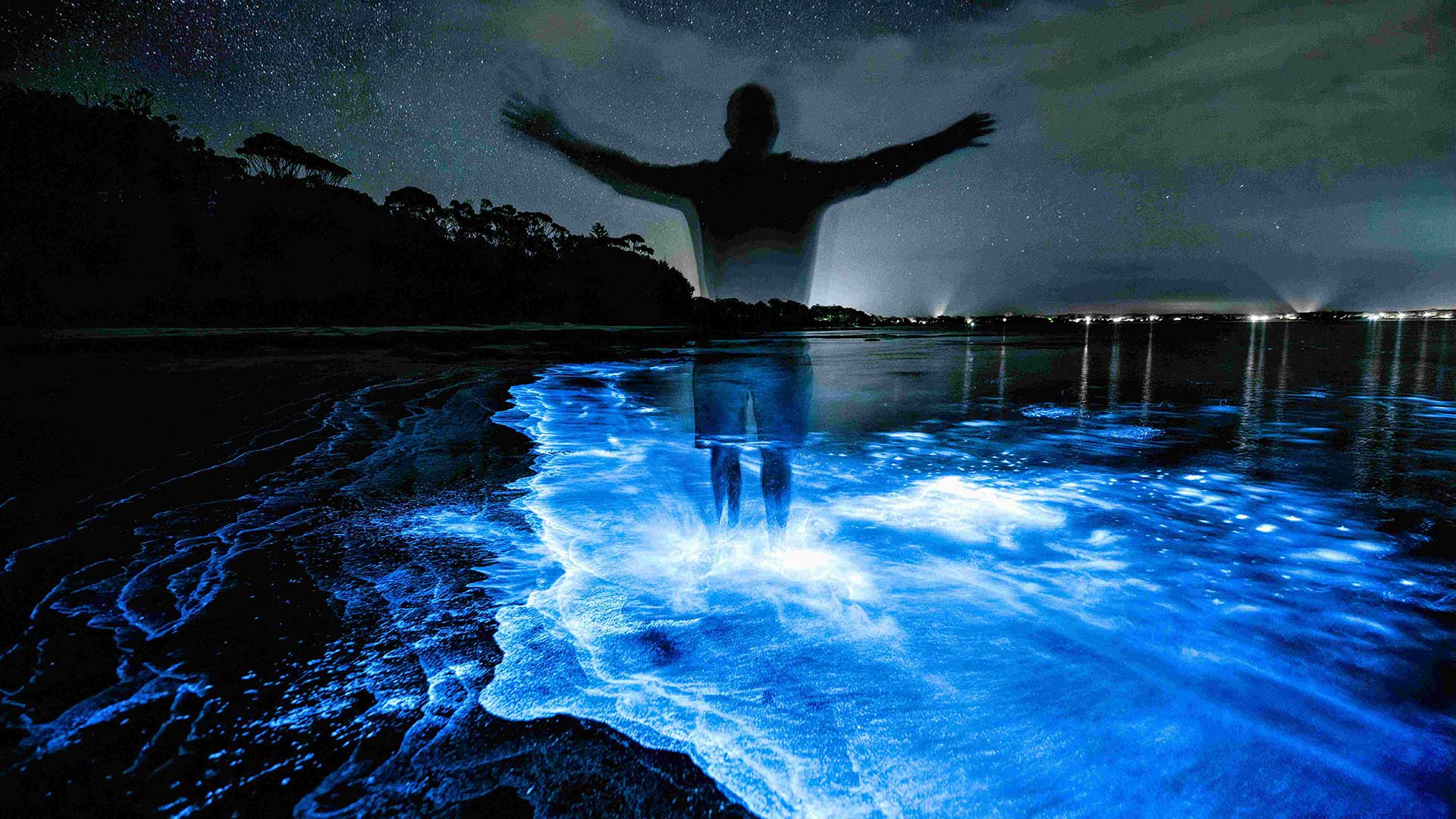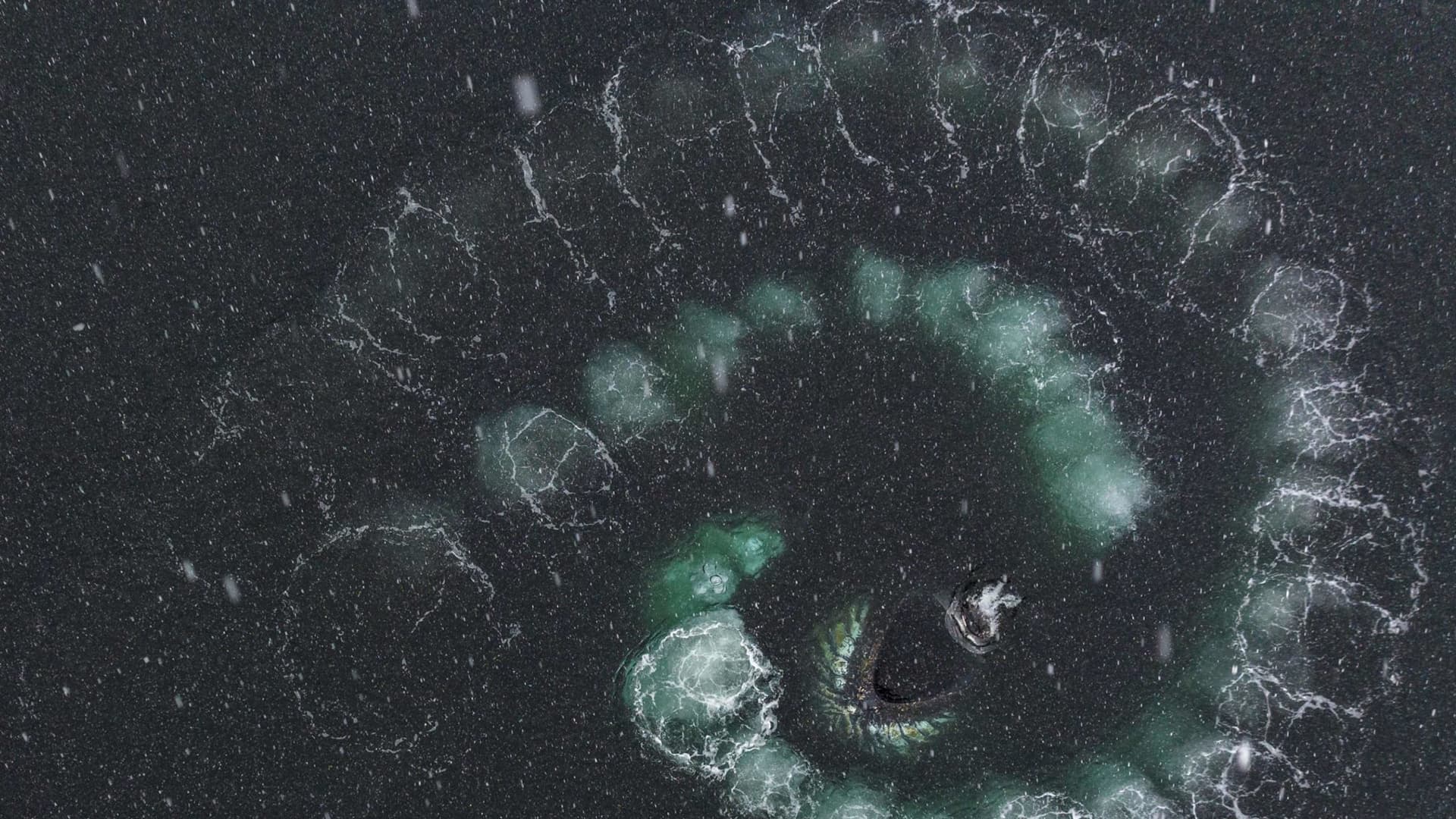Expedition yachts provide front-row seats to some of nature’s most awe-inspiring displays, allowing guests to travel to far-flung destinations where the natural world operates outside of the bounds of everyday life. From volcanic eruptions to glacial calvings, these phenomena are reminders of the power and wonder of our wild landscapes. At the extreme latitudes of both hemispheres, far away from city lights, the auroras create one of nature’s most enthralling spectacles.
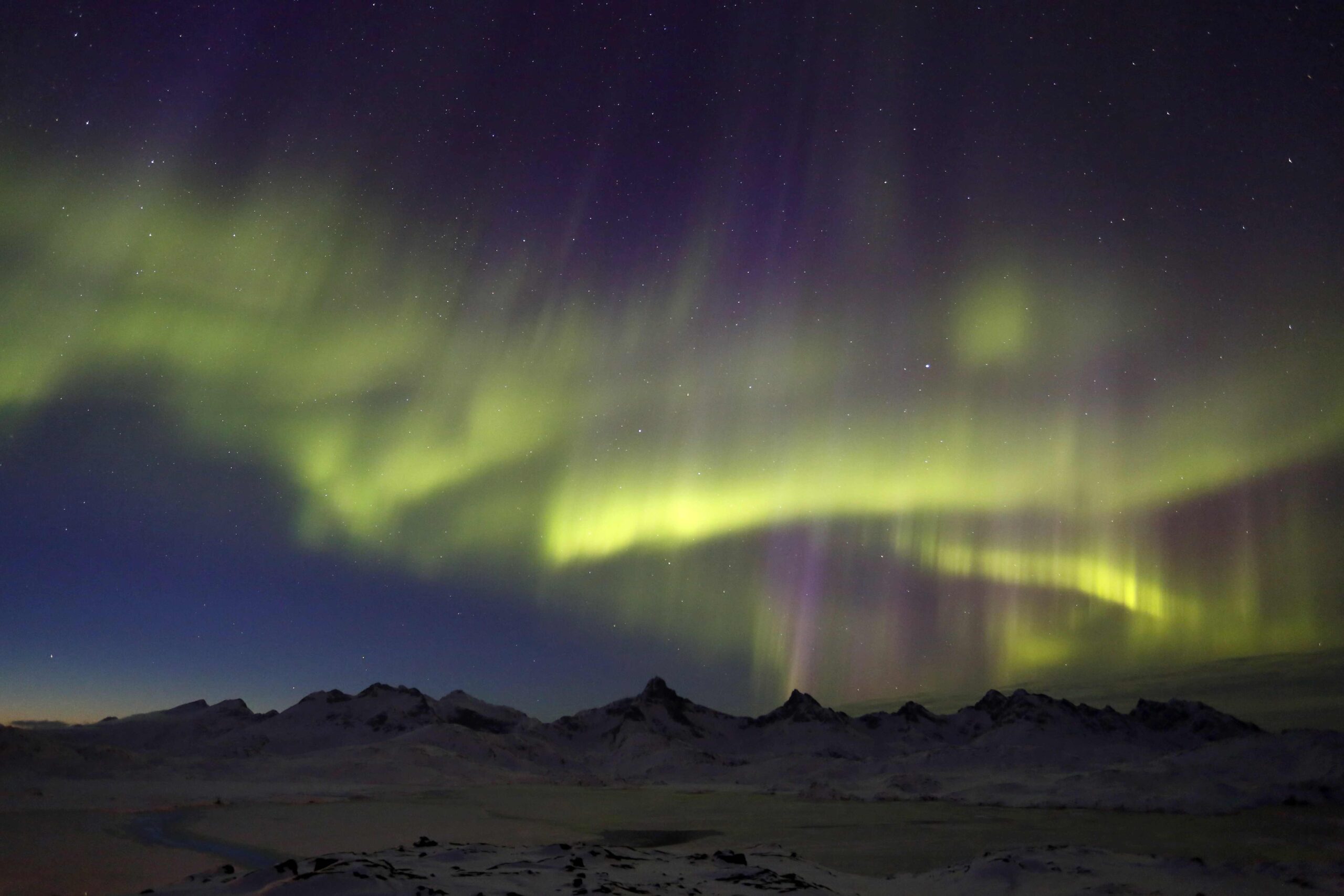
At the far reaches of the high latitudes, with just the right combination of darkness and patience, an ethereal show of vibrant colors sometimes paints the night sky. These are the northern and southern lights, also known as aurora borealis and aurora australis respectively. They are among the most spectacular natural phenomena our planet has to offer and one of the more elusive bucket list items for any adventure traveler.
Explanations of the aurora are as dauntingly technical as the light shows are fantastical. Terms like “solar winds” and “geomagnetic storms” can leave us scratching our heads. But at its core, the aurora is simply a series of large-scale interactions between the sun’s atmosphere and our own. It begins with the sun hurling charged particles towards Earth with unimaginable force. As these particles collide with our magnetic field, they’re channeled toward the far north and south. In these polar regions, they meet our upper atmosphere, ionizing and igniting a colorful spectacle. Greens, blues, pinks, and purples swirl and twirl as oxygen and nitrogen molecules collide at different altitudes. Each display is a unique masterpiece, painted by the intricate chemistry of our atmosphere.
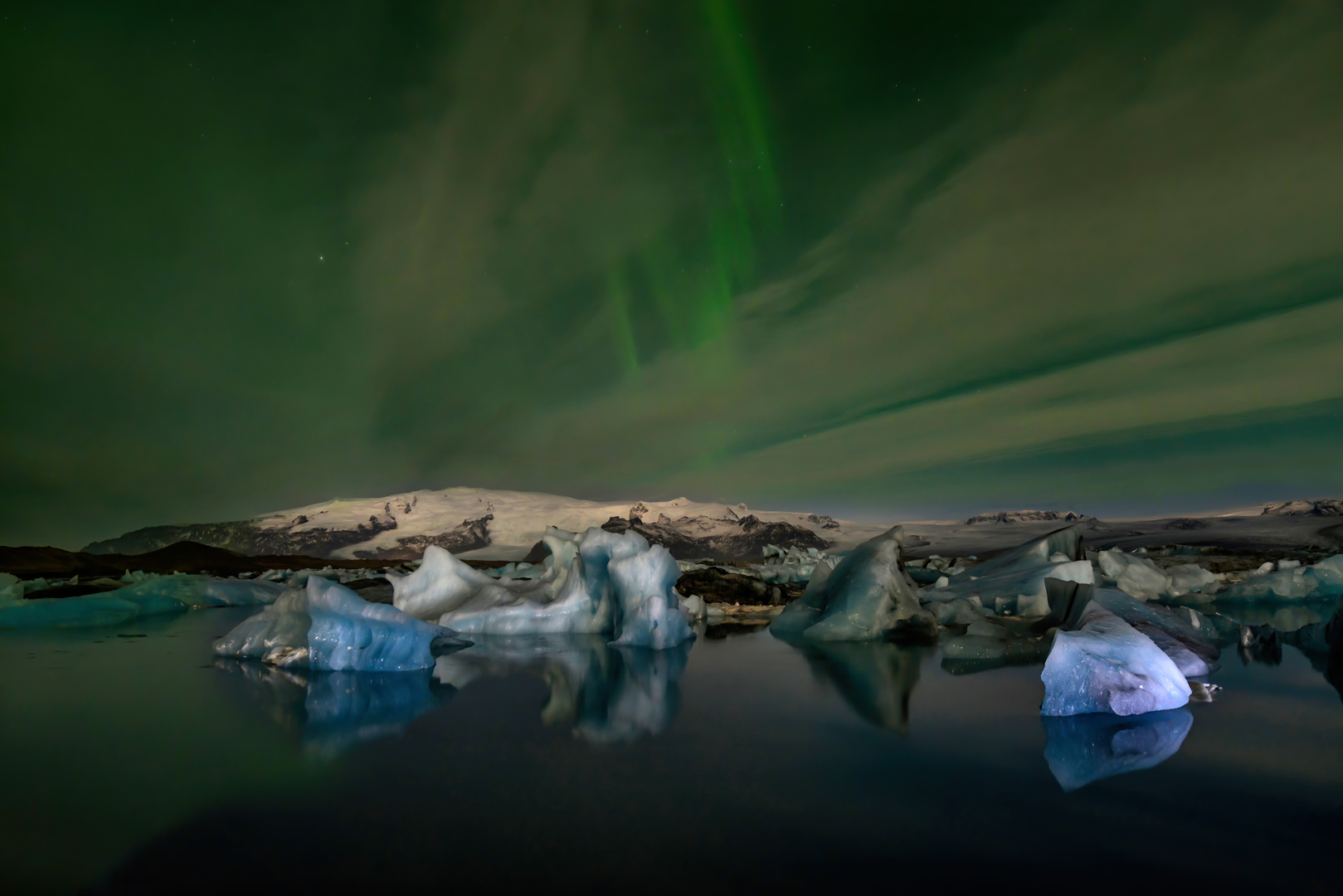
But what makes the auroras so special? For one, they are a powerful reminder of the interconnectedness of our planet and the cosmos and serve as a visible reminder of the dynamic relationship between the Earth and the Sun. The auroras also hold deep cultural significance for many indigenous communities around the world. For centuries, they have inspired myths, legends, and spiritual beliefs, often seen as celestial spirits dancing in the sky. In China some people believed aurora occurrences were due to a battle taking place in the heavens; early Europeans proclaimed them as bad omens; indigenous people of Australia thought that gods were dancing; the Norse thought the lights were a heavenly bridge that connected Midgard (Earth) with the home of the gods, Asgard.
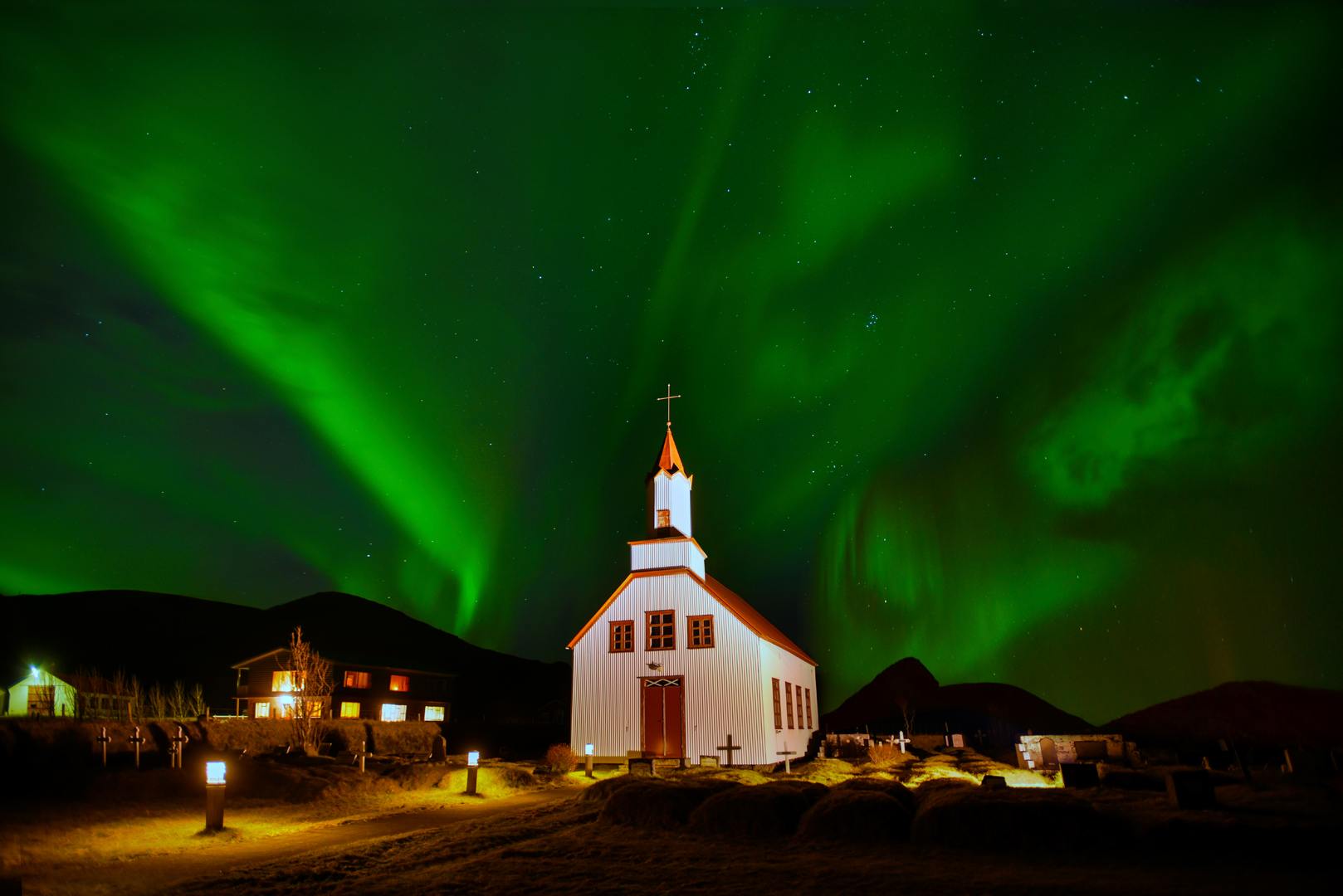
Unpredictability ensures that these spectacles remain poignant, and any venture to see the aurora is a gamble. Two essential conditions, however, are darkness and high latitude; the most luminous shows require both. In addition, while much is still unknown about “solar weather”—the swirling particles that flow outward from the sun to create the aurora—there is evidence that some years are brighter than others. Solar weather cycles last about eleven years and include periods of semi-dormancy and heightened activity.
In order to prepare for seeing the aurora you should first temper your expectations; no amount of local knowledge, money, or enthusiasm can cause the lights to appear. Expedition yachts provide some of the best opportunities to get far away from city lights and into the reaches of the polar regions. All you can do is be on deck at the right time in the right place and look up.
